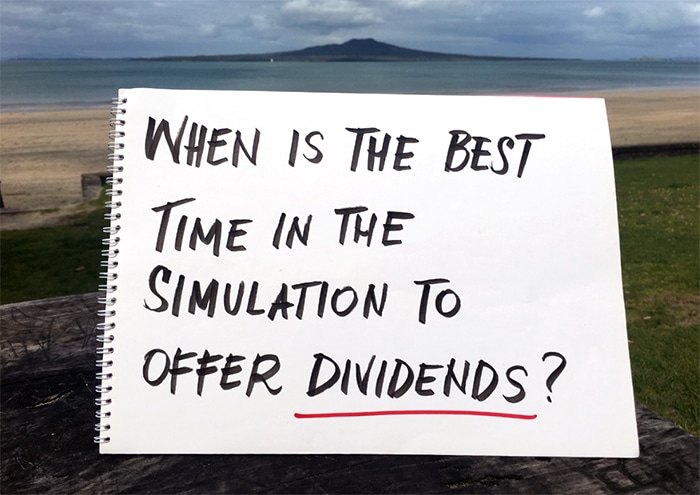
If you were to walk into a computer lab with students playing MikesBikes, one of the questions or topics of interest that will be discussed is ‘Dividends’. Specifically, when is the best time to pay it and is it worth it?
This article, besides showing off the beautiful New Zealand landscape, will allow you to come to your own conclusion by bringing up factors you should be considering.
Within MikesBikes-Introduction, you need to wait a few rounds before you are even presented with the financial decisions but with MikesBikes-Advanced it is available straight away.
To answer this question quickly, there’s not really a ‘best’ time to offer dividends, but often a firm will establish a habit of paying out a certain proportion of the previous period’s earnings as a dividend, while retaining the remainder to invest in increasing the firm’s future earnings. The proportion of earnings retained for investment will depend on the firm’s growth prospects. A mature firm in a mature industry will often return a very high proportion of its earnings as a dividend because there are few growth opportunities. While these are vast generalizations, you need to figure out if distributing dividends is right for your firm.
The main purpose of issuing dividends within MikesBikes is increasing your firm’s Shareholder Value (in the real world you are providing a return on your Shareholder’s investment in your firm). Before you begin thinking about how much dividends to issue, you NEED to ask yourself the following questions:
- Are you Financially Strong?
- Is there something else you can do with the profits?
In answering the question “Are you financially strong” review your Cashflow and Income Statements. Look to see how much cash you have at the end of your previous rollover; how much cash do you currently have? Do you have enough for the amount of dividends you are thinking of issuing? How stable is your Income? Might you need that cash for future expenses?
So you have decided that you have some spare cash. You can do quite a lot with that which might yield a higher return on your firm’s Shareholder Value than issuing dividends. While this article won’t go into complete analysis on how to evaluate these different options, we are simply bringing up alternative options for this cash:
- Investing further in your firm by expanding into new markets
- Purchasing another company (MikesBikes-Advanced only)
- Pay off your firm’s debt to lower the interest payments (Note: it is expected that your firm has at least some debt)
- Ramping up your marketing decisions to take a larger market share
While evaluating these options be sure to think about how Shareholder Value is calculated within MikesBikes. Typically, Shareholder Value is a measure of the current Share Price (which is based upon your firm’s Profitability, Earnings per Share, and the Debt to Equity ratio) plus the value of all past dividends paid, including interest.
If none of these options make sense, then you might decide to return some of these profits to shareholders through a dividends payment.
Be sure to check out our Facebook page and tutorial videos for further assistance on playing the simulation.


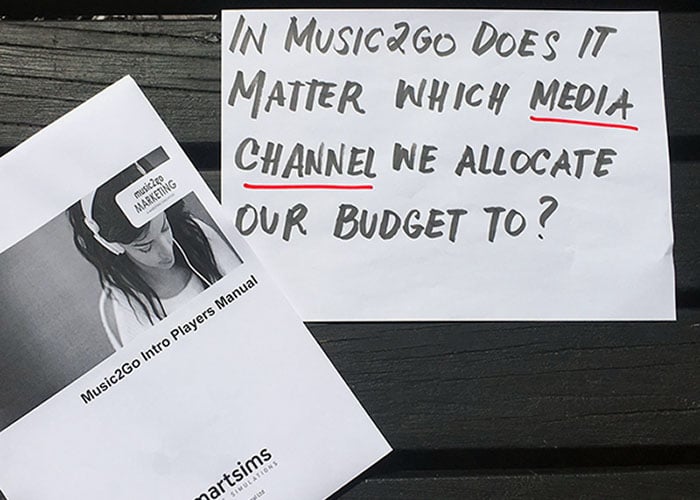
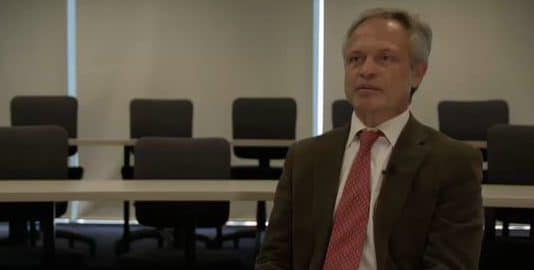
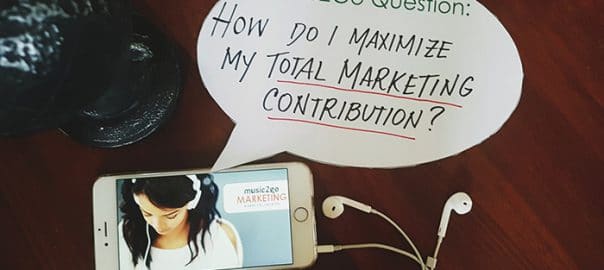
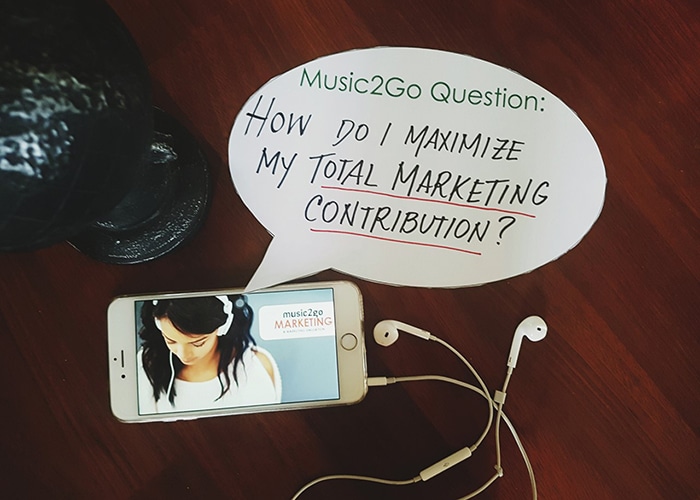 Landing on this page means you have come searching for answers to the question: “How do I maximize my total marketing contribution?”
Landing on this page means you have come searching for answers to the question: “How do I maximize my total marketing contribution?”